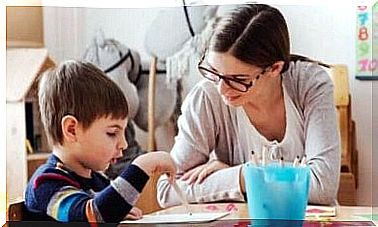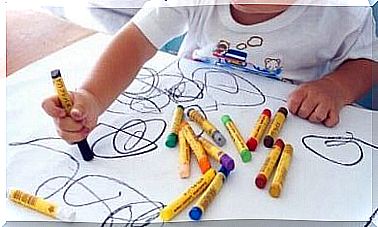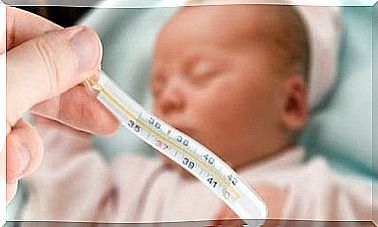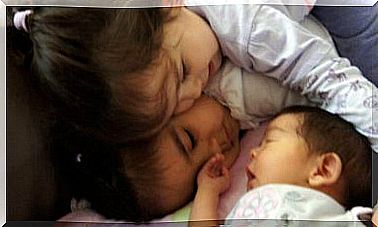Nail Biting In Children – What Are The Causes?
Nail biting, this fairly common habit can start as young as three and is very difficult to get rid of. That’s why there are quite a few adults who still show this behavior.
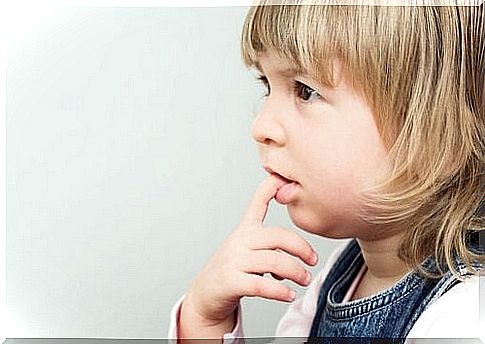
In any case, we should try to discourage children from adopting the nail biting habit .
Although it is very common, onychophagia can have negative consequences for children. Nail biting can affect children’s development, oral health, and self-esteem.
Here we explain why children bite their nails and show some simple tricks on how to break this behavior.
Causes and Risks of Nail Biting
Nail biting is not a disease but a bad habit and compulsive act. That is, it is not done consciously, and there is no hidden motive behind it, such as attracting parents’ attention. Its cause could be the not yet completely abandoned habit of sucking thumbs.
However, there could be other causes as well. Children can also develop this practice out of curiosity, boredom, imitation, habit, or as a means of reducing stress.
It’s a way of dealing with the intense emotions of childhood. If you don’t observe this habit in your child so often – so that the child isn’t harming themselves – there is probably nothing to be alarmed about.
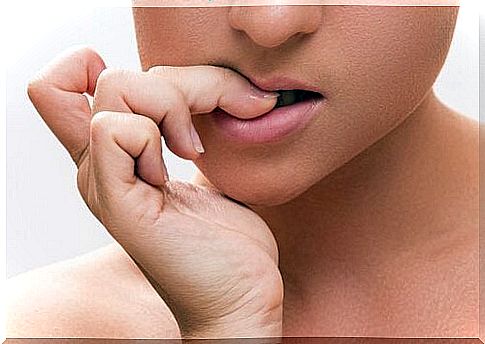
Most cases of onychophagia go away with age, but it is important for children to avoid nail biting from the start as there are some risks involved.
The children can hurt themselves. These bites cause infections in the gums, affect the development and growth of teeth, and encourage the appearance of warts.
Also, these issues can lead to self-esteem problems due to aesthetic reasons.
How to stop children from biting their nails
Often times, children lose this habit on their own. But if onychophagia worsens or is very bothersome, there are some simple ways you can help children get rid of it.
As parents, we need to be patient and understanding with our children.
Some tactics to fight against onychophagia:
Do not punish your child. Unless it is a conscious choice on your part, it will be difficult for you to keep your child from biting their nails. Punishing it for something it is not consciously doing won’t help much.
Instead, try to figure out the causes. No matter what remedy you use, if you don’t know the cause of your child’s nail biting, you will not get rid of this habit. Talk to your child, explain the situation, and work with them to find out how you can change this habit. You also need to be vigilant to identify the situations that can trigger this behavior.
Give him options. You can suggest alternative actions or relaxation techniques to your child whenever they feel the need to bite their nails. This will not only distract them, but also help them release the tension and nervousness they are feeling.
Try to get your child to exercise. Since onychophagia is usually caused by stress, exercise can improve this habit. It is also very beneficial to play sports in childhood anyway.
Be very patient. Getting rid of a habit takes more than a day. It’s a long and slow process that requires a lot of insistence and perseverance. Encourage your child to find better coping mechanisms to deal with the impulses of onychophagia and show them all of your support.
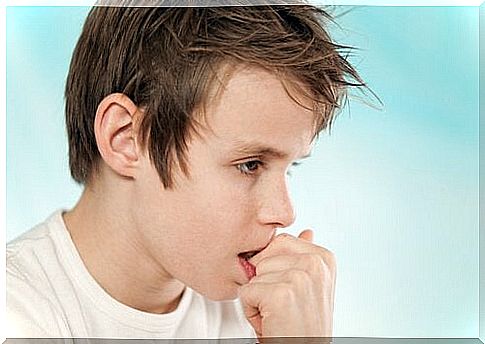
When should one be concerned?
It’s easy to underestimate onychophagia because it is so common. In some cases , nail biting can be a sign of excessive nervousness. If your child’s fingers are injured or bloody, if they have warts, or infections, you should take them to the doctor for treatment.
If this habit is accompanied by other nervous tics or behaviors, we strongly recommend seeing a pediatrician – for example, if you see your child pinching their own skin, plucking their eyelashes or hair, or seeing changes in their sleeping habits .


